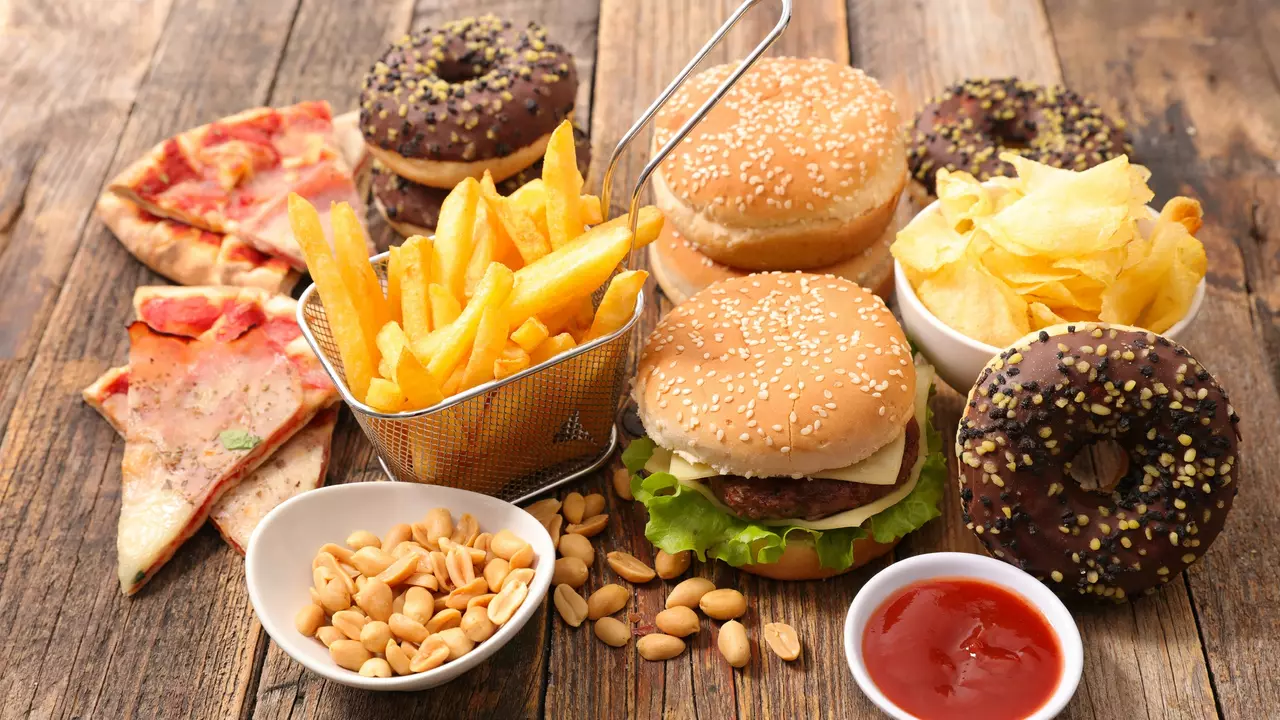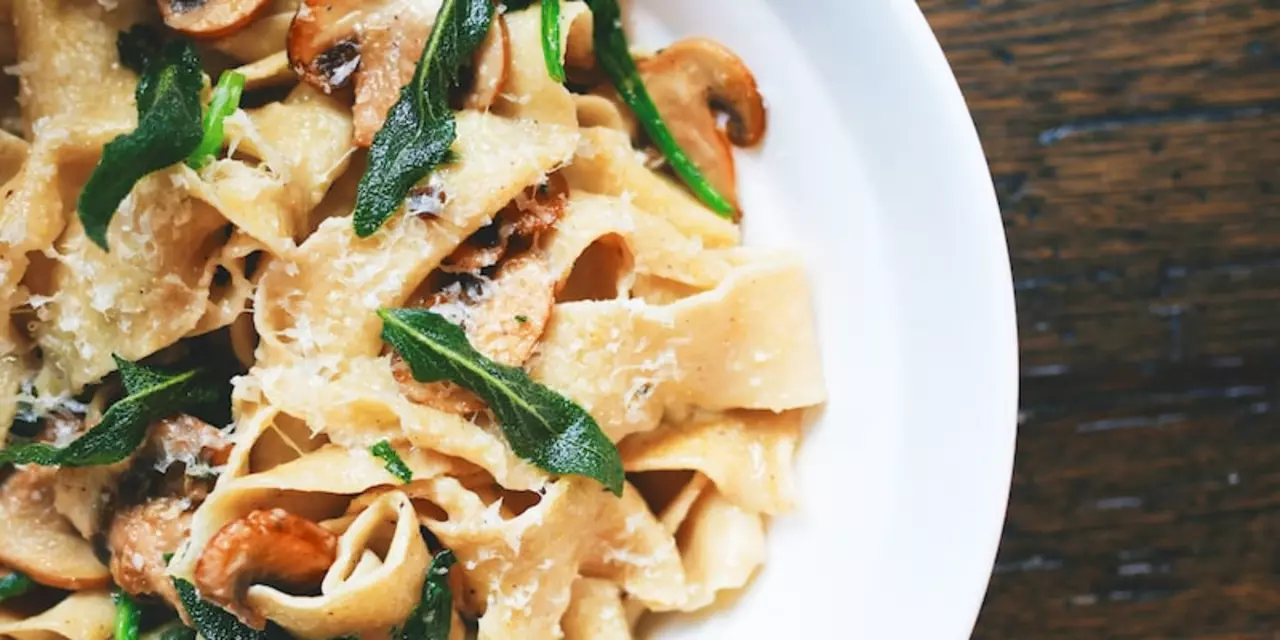Indian Food: What Makes It So Irresistible?
Indian food isn’t just about spicy curry; it’s a mash‑up of regional flavors, textures, and stories that hit the palate in surprising ways. From the buttery naan of Delhi to the tangy fish curry of Kerala, every bite tells a tale of tradition and creativity. If you’re wondering where to start, think about what you love – do you crave something creamy, crunchy, or a bit of both? That simple question can guide you to the perfect dish without overwhelming you.
Quick Health Hacks for Everyday Indian Meals
Most people assume Indian food is heavy, but a few tweaks can keep it light without losing taste. Swap deep‑fried samosas for baked paneer tikka, and use low‑fat yogurt instead of full‑cream in sauces. Adding fresh veggies like spinach or cauliflower boosts fiber, while a sprinkle of cumin or turmeric gives an antioxidant boost. If you’re eye‑balling ready‑to‑eat (RTE) options, read labels – many packs are loaded with sodium, sugar, and oil. Choose versions labeled “low‑salt” or make your own RTE meals by batch‑cooking lentils and freezing them in portion sizes.
Real Talk: The Good, the Bad, and the Ugly of Indian Food Products
Ever bought an Indian snack that tasted… off? You’re not alone. One reviewer shared a disappointing experience with a mass‑produced ready‑to‑eat biryani that was overly salty and bland. The lesson? Not all packaged foods live up to the home‑cooked magic. When trying a new product, start with a small pack, check the ingredient list, and compare it to a trusted recipe. If it falls short, treat it as a learning point – maybe the brand needs to adjust its spices or cooking method.
Now, let’s talk practical ways to bring Indian flavors into your kitchen without spending hours prep. Keep a small stash of pantry staples: red chili powder, garam masala, mustard seeds, and dried fenugreek leaves. These spices can instantly transform boiled potatoes into a spicy aloo fry or turn plain rice into a fragrant pulao. Pair them with quick‑cook lentils or canned chickpeas, and you have a nutritious meal in under 30 minutes.
If you’re a busy professional, consider making a big batch of “dal” (lentil soup) on Sunday. Portion it out, freeze, and reheat throughout the week. Add a splash of lemon juice or a handful of cilantro before serving for freshness. This method saves you time, reduces food waste, and keeps you from reaching for unhealthy fast‑food options.
Finally, remember that Indian food is as diverse as its people. Don’t feel locked into one style – explore street‑food favorites like pav bhaji, coastal delights like prawn masala, and sweet treats like rasgulla. Each region offers something unique, and trying them expands your taste buds while giving you a better grasp of India’s culinary map.
Bottom line: Indian food can be delicious, healthy, and convenient when you know the basics. Stock essential spices, choose smarter packaged options, and don’t shy away from quick home‑cooked meals. Your next flavorful adventure is just a pantry raid away.
What is the worst Indian food product you have tasted?
0 Comments
Alright folks, I'm sharing my own experience here. The Indian food space is vast and varied, but not everything hits the mark. There was this one product that really, as a foodie, disappointed me. Don't get me wrong, I love Indian cuisine, but this one experience was surely a downer. Read on to get the scoop.
Read MoreAre 'Ready to Eat' Indian food products too unhealthy?
0 Comments
Ready to Eat Indian food products are becoming increasingly popular due to their convenience and flavor, however, many of these products contain high levels of sodium, sugar, and oil which can be detrimental to one's health. In addition to this, the processing methods used in the production of these products can strip away many of the beneficial nutritional elements. While Ready to Eat Indian food products can be enjoyed in moderation, the healthiest option is to prepare meals from scratch using fresh ingredients.
Read More
